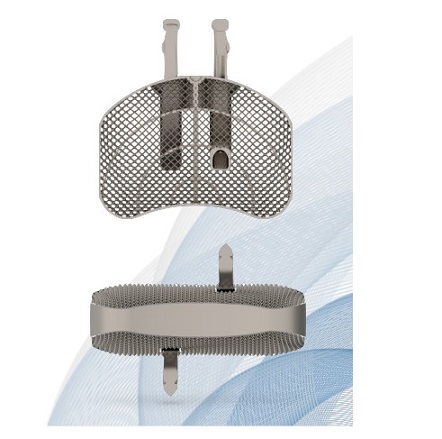May 24, 2021 / By Julie Appleby
Major hospital systems are betting big money that the future of hospital care looks a lot like the inside of patients’ homes.
Hospital-level care at home — some of it provided over the internet — is poised to grow after more than a decade as a niche offering, boosted both by hospitals eager to ease overcrowding during the pandemic and growing interest by insurers who want to slow health care spending. But a host of challenges remain, from deciding how much to pay for such services to which kinds of patients can safely benefit.
Under the model, patients with certain medical conditions, such as pneumonia or heart failure — even moderate covid — are offered high-acuity care in their homes, with 24/7 remote monitoring and daily visits by medical providers.
In the latest sign that the idea is catching on, two big players — Kaiser Permanente and the Mayo Clinic — announced plans this month to collectively invest $100 million into Medically Home, a Boston-based company that provides such services to scale up and expand their programs. The two organizations estimate that 30% of patients currently admitted to hospitals nationally have conditions eligible for in-home care. (KHN is not affiliated with Kaiser Permanente.)
Several other well-known hospital systems launched programs last summer. They join about two dozen already offering the service, including Johns Hopkins Medicine in Baltimore, Presbyterian Healthcare Services in New Mexico and Massachusetts General Hospital.







